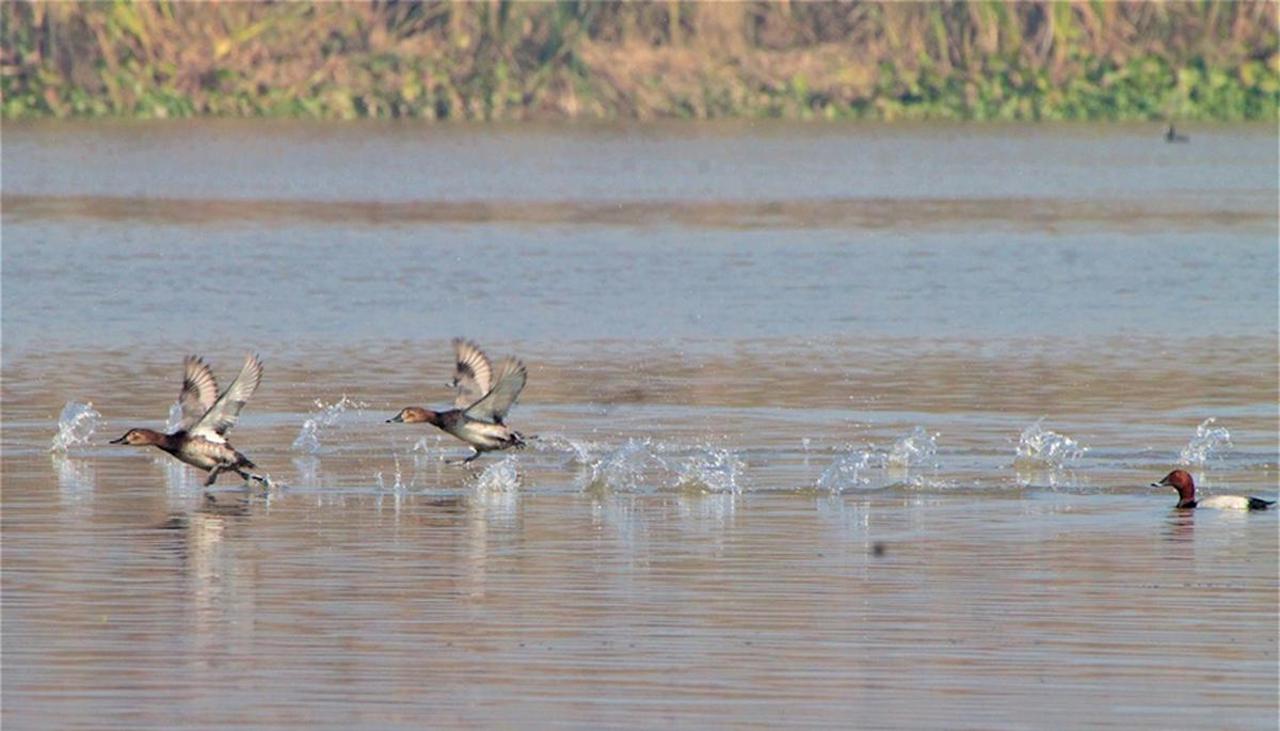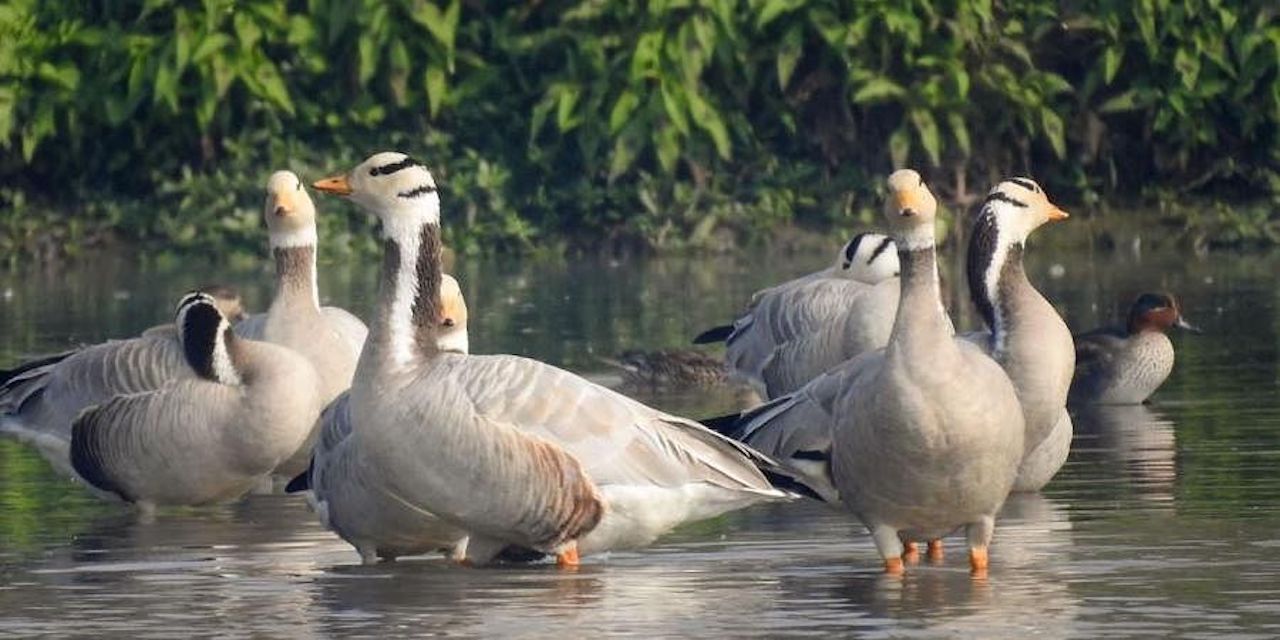Declining Number of Migratory Birds at Punjab’s Harike Wetland Raises Concerns
The number of migrating birds has reduced by roughly 14% as compared to the count in 2021
Environmentalists and birdwatchers are worried about the declining number of migratory birds arriving at Punjab’s Harike wetland this year. According to the Harike Waterbird Census 2023, the arrival of migratory birds has dipped by around 14% as compared to the count in 2021. The biggest number of birds to ever arrive at Harike was 1,23,128 birds of 83 species in 2019–2020, whereas 91,025 birds of 90 species arrived in 2020–2021. However, the census recorded only 65,624 birds arriving at the wetland between November and February 2022-2023, making it the lowest count in the past six years at Harike.
The Harike wetland, which is spread over an area of 41 sq km, is an important stopover for migratory birds on their journey from Siberia, China, Mongolia, and other parts of the world to warmer regions. The wetland is home to a variety of bird species, including bar-headed geese, common teal, northern pintail, ruddy shelduck, and common pochard, among others.

Image: The Hindu
The decline in the number of migratory birds this year can be attributed to several factors, including climate change, habitat loss, and disturbance caused by human activities. The wetland has been facing numerous environmental challenges in recent years, including pollution from nearby industries, encroachment by farmers, and illegal hunting.
Also Read: Snow Cover Recedes in Himachal, Shimla Records Highest-Ever Minimum Temperature
Environmentalists have raised concerns about the declining number of migratory birds, as it could have a significant impact on the ecosystem of the wetland. The presence of migratory birds not only helps maintain the ecological balance but also contributes to the local economy by attracting birdwatchers and tourists.
The authorities have taken several measures to protect the wetland and ensure the safety of migratory birds. These measures include regulating human activities, promoting eco-tourism, and enforcing strict laws against poaching and illegal hunting.

Image: The New Indian Express
The Department of Forest and Wildlife, with technical assistance from WWF-India, has been conducting the annual bird census to monitor the nature of the winged habitat at Harike and other wetlands in Punjab. In addition, institutions such as the Avian Habitat and Wetland Conservation Society, Punjab Biodiversity Board, and students from Guru Nanak Dev University, Punjab Agriculture University, and the Indian Institute of Science Education and Research also assist in conducting the bird census.
These efforts are critical for understanding the health and diversity of the bird population in Punjab’s wetlands, as well as for implementing conservation measures to protect them. The decline in the number of migratory birds at Harike this year underscores the importance of continued monitoring and conservation efforts to preserve these vital habitats and ensure the survival of the bird species that rely on them. It’s also a strong indicator for urgently addressing the environmental challenges facing the wetland and protecting it as a vital habitat for migratory birds.
Via: Hindustan Times


